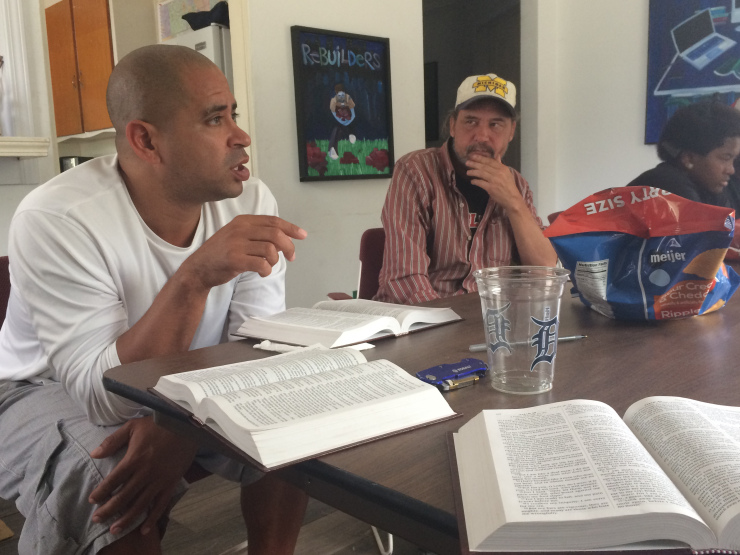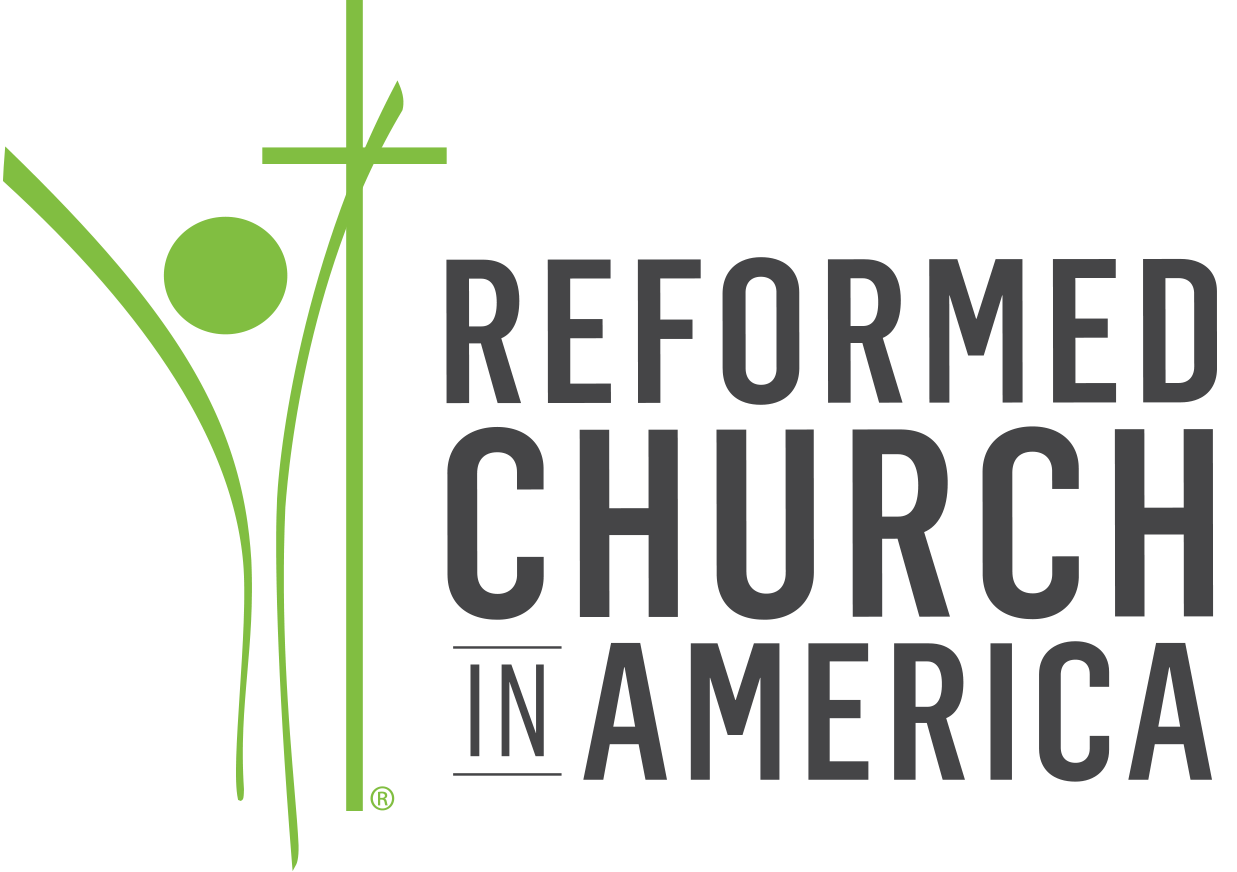The Vision for Planting
We’re planting 1,000 churches over 20 years in the hopes of introducing 100,000 people to Jesus and helping them grow as disciples.
Why plant churches?
People need to know the love of God and the power of that love in their lives. Church plants are the most effective means of reaching people who don’t know Jesus. Why? It’s simple: it’s their whole purpose. Evangelism is one of many focuses at an established church, but it’s the primary call of a church plant.
We’re planting 1,000 churches over 20 years in the hopes of introducing 100,000 people to Jesus and helping them grow as disciples.
God’s grace, the love and sacrifice of Jesus Christ, the power of the Holy Spirit—these things are transformative. Our lives will never be the same—planting a new church renews the whole body of Christ. We desperately want broken people, beloved of God and made in God’s image, to witness that power and wholeness in their lives. God is sovereign and will bring the gospel to the darkest places, so let’s be fearless.


Church planting as research and development
Church plants are scrappy. They’re always trying new things to reach people with the good news of Jesus Christ. In some ways, that makes church planting the research and development arm of the church. When something works, it’s replicated as churches we’ve planted turn around and plant churches themselves. Right now, many of our experimental church plants are fresh expressions of church, which bring multiplication within reach of any church and individual. They are places you can belong even before you believe.
Past experiments that have now gone mainstream include parent churches and multi-site planting, as established churches start additional campuses to bring new people into relationship with Christ.
Three lanes of church planting
When you’re introducing 100,000 people to Jesus, there’s no such thing as one size fits all. Church plants take many forms and each have a personality all their own.
RCA Church Multiplication uses three basic models (lanes) for church planting. Attributes and distinguishing factors are listed below as you discern which kind of church God may be calling you to plant or support.
Fresh Expressions
They are niche churches, reaching unseen souls by going where people naturally gather instead of expecting them to come in a church.
Fresh expressions of church are connected to a sending church, but they also have all the essential elements of a church with their own mission, community, and worship, allowing a church to extend into sub-communities it would not otherwise reach.
Characteristics of a fresh expression:
- Often lay-led by a team of gifted apostles, prophets, evangelists, shepherds, and teachers (Ephesians 4) or a preaching elder
- Connected and accountable to a sending church consistory
- Reproduces other fresh expressions of church
- Low threshold of entry and high threshold of accountability for leaders. Any healthy believer can lead a fresh expression of church.
- Rarely owns property and is more incarnational than attractional, more community than programmatic
- Tends to be smaller in size, facilitating deeper discipleship and mission
- Examples of fresh expression churches are a kayak church, yoga studio church, dinner church, running club church, or food truck church. A fresh expression can be digital, phygital (physical and digital), or in-person.
Classic Church Plant
Classic church plants aspire to be autonomous. While covenantally connected to the denomination and assemblies, these churches will ultimately be self-supporting, self-governing, and self-reproducing.
Characteristics of a classic church plant:
- Often led by a commissioned pastor, preaching elder, or a minister of Word and sacrament, many in co-vocational roles
- Accountable to an oversight team (i.e., a consistory)
- Reproduces fresh expressions of church or other classic plants
- Commonly rents or owns property; may have some staff
- Varies in size; sustainability, funding, and expectations should be scaled appropriately
- Often serves the needs of a people group or neighborhood
- Examples of a classic plant might be a Spanish-speaking church in a community or a neighborhood church. A classic church plant can be digital, phygital (physical and digital), or inperson.
Multiplication Center Plant
Characteristics of a multiplication center plant:
- Often led by a commissioned pastor or a minister of Word and sacrament
- Accountable to a central or collegiate consistory or oversight team
- Reproduces new campuses/sites or movements of fresh expressions of church
- Commonly rents or owns property and has staff • Varies in size but tends to be slightly larger, sharing central services with the other sites/campuses
- Focuses on the needs of a people group or neighborhood
- Examples of a multiplication center plant might be a Spanish-speaking campus/site of an Anglo church, or a site in a different neighborhood of the city. Multiplication center plants can be digital, phygital (physical and digital), or in-person.
Interested in becoming a planter or parent church? Email equip@rca.org to get started. You can also contact us with any other questions you have about church multiplication in the RCA.
